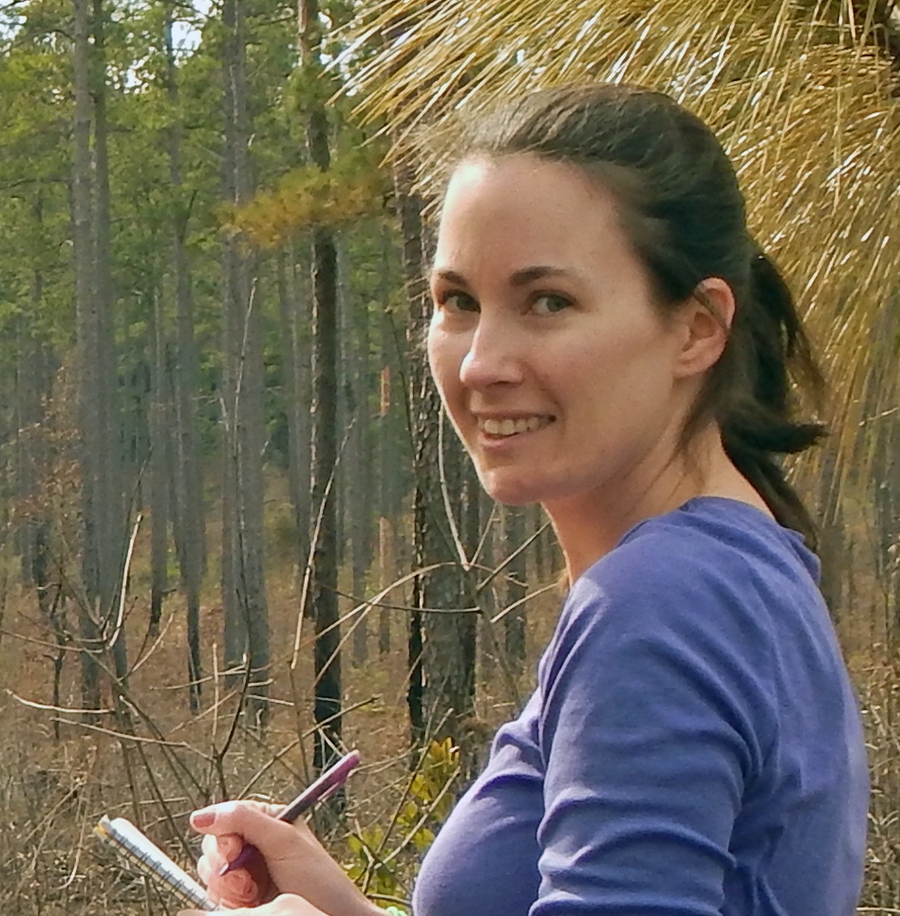Invasive Plant Species Management and Soil Community Impacts
March 10, 2022

A BLOG POST FROM THE SCIENCE, POLICY, AND MANAGEMENT DISCUSSION GROUP
AN INITIATIVE OF THE GCC INVASIVE SPECIES WORKING GROUP
BY MELISSA BURT
For our March 2nd meeting of the Global Change Center’s Bioinvasion discussion group, we were joined by guest speaker, Dr. Matt McCary. Dr. McCary is an Assistant Professor in the Department of Biosciences at Rice University (Houston, TX). Using techniques that range from field-based experiments to ecological modeling, Dr. McCary’s research investigates how invasive species alter soil environments and how these impacts cascade to ecosystem function. Dr. McCary began our meeting by telling us about two studies from his dissertation work:
(1) How soil dwelling species (e.g., fungi, bacteria, fungivores, and their predators) are affected by the invasion of garlic mustard, and
(2) What are the impacts of management (removal of invasive species) for the soil community?
Our discussion after Dr. McCary’s presentation focused on the goals and pitfalls of managing invasive species and assessing the success of management strategies. First, we focused on the needs of land managers on the ground and whether research could help inform these needs. There was a general sense that we lack resources to best set up land managers to successfully address invasive species which might stem from a lack of awareness of the problems associated with invasive species by the public: a park overrun by an invasive plant species can look like a healthy plant community to the untrained eye. This lack of awareness can lead to a lack of urgency on the part of local, state, and federal policy makers.
Next, we discussed setting goals for successful restoration. Many of Earth’s ecosystems contain invasive species requiring some form of management, yet it is not always clear how to assess the success of management techniques or whether active management is necessary. When it comes to biological invasions, the goal of restoration and conservation has been to restore the invaded system to the conditions pre-invasion. Yet, with the impacts of interacting global change factors (climate change, habitat loss and fragmentation, etc.), this goal may be unachievable. This led us to consider alternative goals that would instead focus on ecosystem function, which may even include the invasive species as having an important functional role in the ecosystem.
We wrapped up our discussion with Dr. McCary by considering the level of privilege it takes to begin considering invasive species as a problem that makes it to an individual's priorities list. Dr. McCary told us about plans for linking invasive species awareness to K-12 education but acknowledged the difficulty in reaching adults. Coalition building among a variety of stakeholders might be successful, but also might leave out stakeholders that lack the resources (money or time) to take part. Pairing invasive species management and education with other community programs such as community gardens might be an avenue to generate more interest and participation.

About the author: Melissa Burt is PhD Student at Department of Biological Sciences and a member of Global Change Center. His research interests include co-management and community-based management of natural resources in tropical forests, especially with themes associated with the use of common resources, local ecological knowledge, traditional populations, and protected areas.






